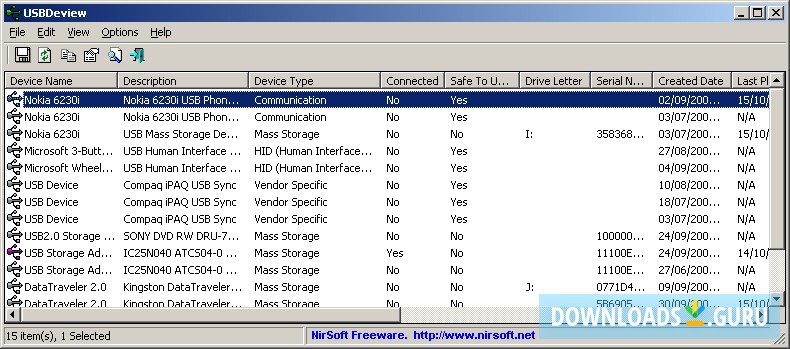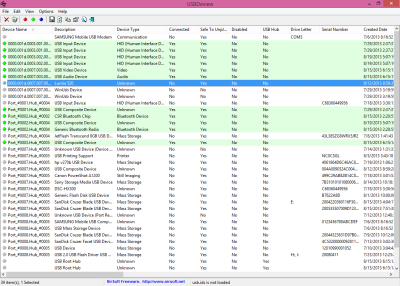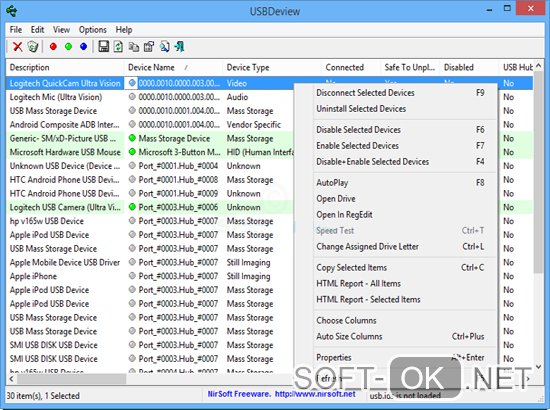

USB 3.0 eXtensible Host Controller in Device Manager Is appended to the device description as shown in Figure 6.įigure 6. If Windows recognized it as a USB 3.0 controller, Next, confirm that Windows enumerated the host controller as a USB 3.0 controller. Figure 5 shows the USB 3.0 logo on the connector of a USB 3.0 cable. You should also look for the logo on USB 3.0 devices and cables. If the PC does not use blue receptacle for the USB 3.0 ports, it might have a USB 3.0 logo (


USB 2.0 port with a black receptacleįigure 2. Note this is not a requirement of the official USB specification, rather a convention adopted by some PC makers.įigure 1. So, if the PC has a blue port, that is a good indication of USB 3.0 support.

The receptacles on USB 3.0 ports are usually blue to distinguish from the receptacles on USB 2.0 ports, which are black. Typically, newer PCs with USB 3.0 support have both USB 3.0 and USB 2.0 controllers, and both those ports are exposed. View device information in Device Manager Make sure that you have USB 3.0-capable hardware Here are some ways to determine the operating speed of the USB device: The fact that current PCs ship with both USB 2.0 and USB 3.0 ports presents an interesting challenge: how should you determine whether a USB 3.0 device is indeed operating at SuperSpeed? USB 3.0 controllers are required to work with all existing USB devices. Along with increased bandwidth, USB 3.0 host controllers and devices come with the promise of compatibility. USB 3.0 also supports lower operating speeds: high speed, full speed, and low speed. Compared to USB 2.0 bandwidth of 480 Mbps, SuperSpeed supports 5.0 Gbps making it 10 times faster than USB 2.0. USB 3.0 introduces a new operating speed called SuperSpeed. In this blog post, I will describe some ways in which you can determine whether a USB 3.0 device that is attached to a PC running Windows 8 version of the operating system, is operating at the optimal connection speed - SuperSpeed. Hi, I am Sanket Patel, a software developer on the USB team. Note: The information provided in this blog post applies to Windows 8. How to determine whether a USB 3.0 device is operating at SuperSpeed?


 0 kommentar(er)
0 kommentar(er)
